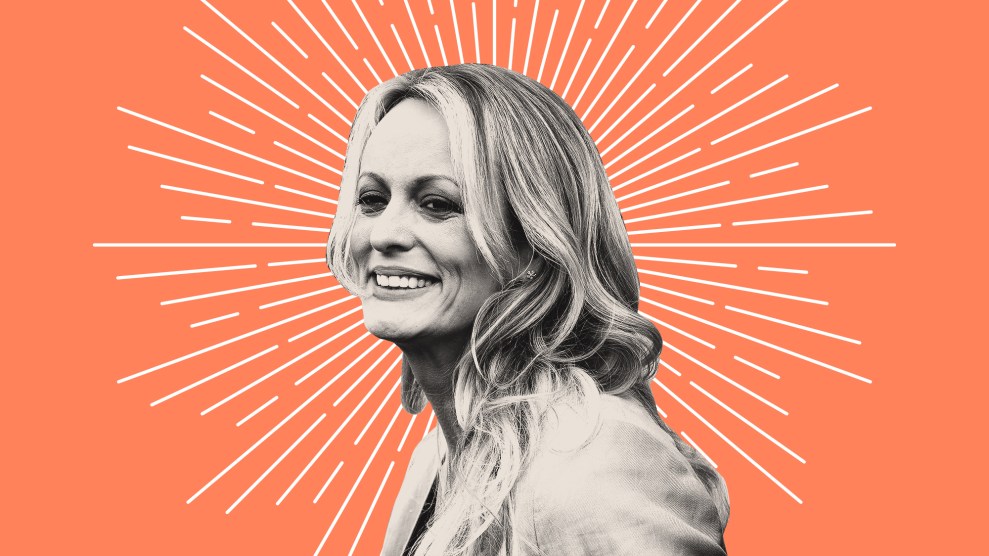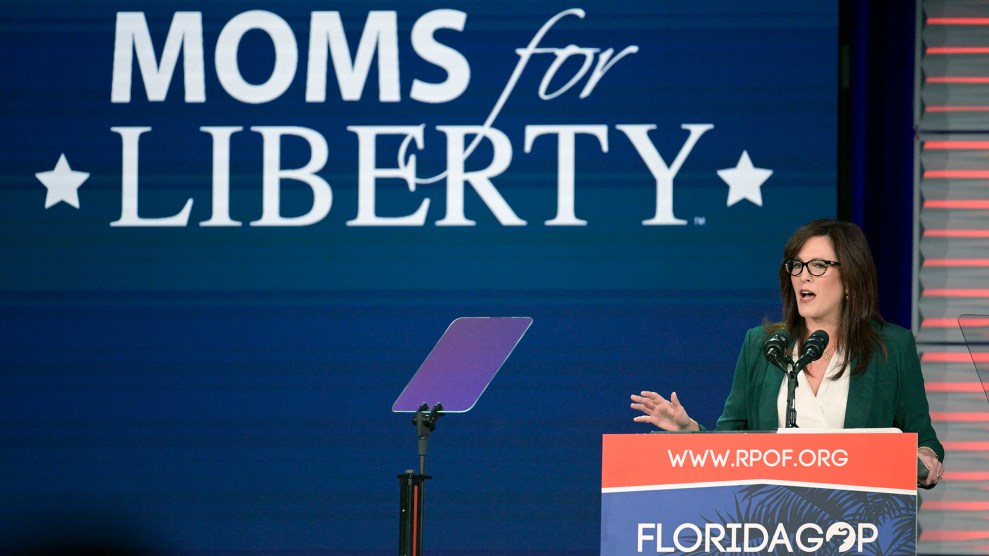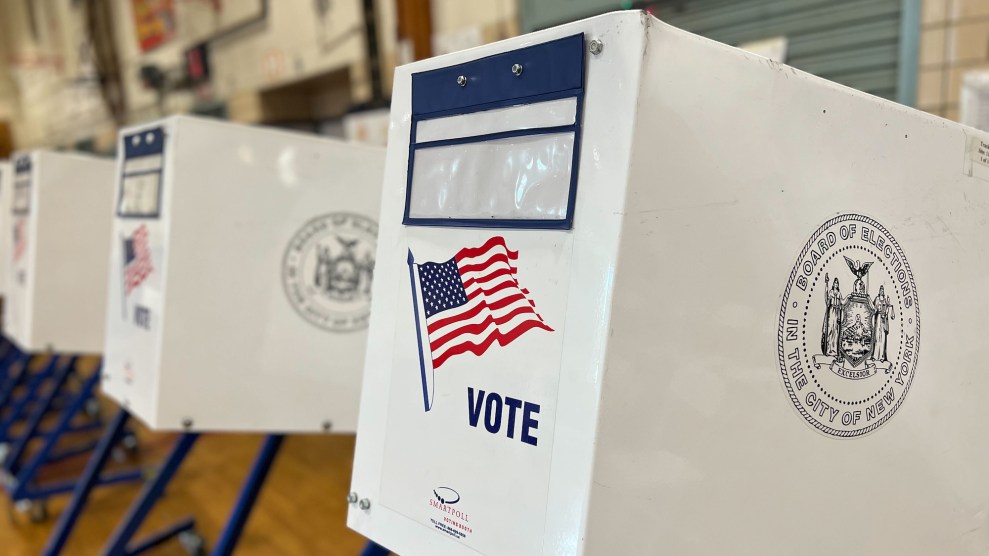I shouldn’t really discuss Sperling’s book any more until I actually, um, read it, but here’s another point he brings up. One consistent plank of Democratic economic policy is the idea of “forced savings.” Liberals rebelled, rightly, against privatizing Social Security and replacing social insurance with individual stock portfolios. Nevertheless, most Democrats believe that we should still have some sort of “add-on accounts” that would force short-sighted Americans to save for retirement. Some economists even believe that a higher savings rate will lead to higher economic growth, and exhort us so. Seems fair, but let’s look at the numbers here more closely.
Looking at the BLS’s 2003 Consumer Survey, the people who save in this country are overwhelmingly wealthy. The bottom income quintile pulls home $8,201 a year before taxes, and spends $18,492. Meanwhile, the top quintile hauls home $127,146 a year before taxes, and spends $81,731. The poor are borrowing to the hilt and the rich are happy to oblige them. At the end of 2004, the amount of after tax income that went towards debt service was roughly 16 percent, and those numbers are much higher for low-income families. Bankruptcies are skyrocketing. So why are these families borrowing so much? Robert Pollin of EPI put out a study in 1990 arguing that the bottom 40 percent of Americans were borrowing to compensate for stagnant or falling wages. More recently, Elizabeth Warren and Amelia Tyagi’s Two-Income Trap compiled similar evidence—the 6,000 percent increase in credit card debt between 1968 and 2000 didn’t come about because people were buying frivolities; they’re simply trying to tread water.
Now obviously if you’re in the creditor class, this state of affairs looks pretty damn good. Not only do you earn interest on your surplus funds, but mass borrowing among low-income Americans reduces pressure for higher wages, by letting them buy stuff they couldn’t otherwise afford, and it certainly makes America look like a middle-class consumer society, thus staving off the angry hordes. (For neoliberals who believe that society will be “fair” when everyone can own a prom gown, this state of affairs looks very good. Ditto for those who think we should measure poverty by whether or not a person can afford a refrigerator.) One might also note that workers with their Visas maxed out are much, much less likely to go on strike, agitate for social change, or do anything dangerous. As they say, it’s a feature, not a bug. Foucault would be proud.
The downside, of course, is that among the lower classes, very few people have much wealth to speak of. The richest 10 percent of Americans own 79.8 percent of all financial assets. The bottom 40 percent, collectively, own as much in liabilities as in assets. (Average wealth among the bottom 10 percent has been consistently declining since the 1960s.) Among minorities, especially African-Americans and non-white Hispanics, the disparities are even worse. In 2001, the average black household had a net worth equal to about 14 percent of the average white household. It’s a real problem.
So the answer, then, is forced savings, right? Well, I don’t know. If real wages had been growing at a decent clip these past three decades, households might have saved much more than they did. So that’s one leftist solution, along with Edward Wolff’s idea of a wealth tax. Government-funded savings incentives, tax shelters and the like, ultimately work as a subsidy to the wealthy, who as we’ve seen are the lucky few who can truly afford to save. Having the government drop extra pennies in the accounts of the poor will help, but barely cancel out the staggering liabilities among the poorest 40 percent. And what about the larger economic benefits to savings? Will boosting the savings rate in this country increase growth? Hard to say. In this congressional testimony, James K. Galbraith noted that increasing the savings rate—by government fiat, say—could just as easily depress consumption. Traditionally, economists haul out graphs showing that higher savings rates are associated with periods of higher economic growth, but it might just be that it’s the latter causing the former (i.e., wages rise so people can save more). A bit of skepticism never hurts.















